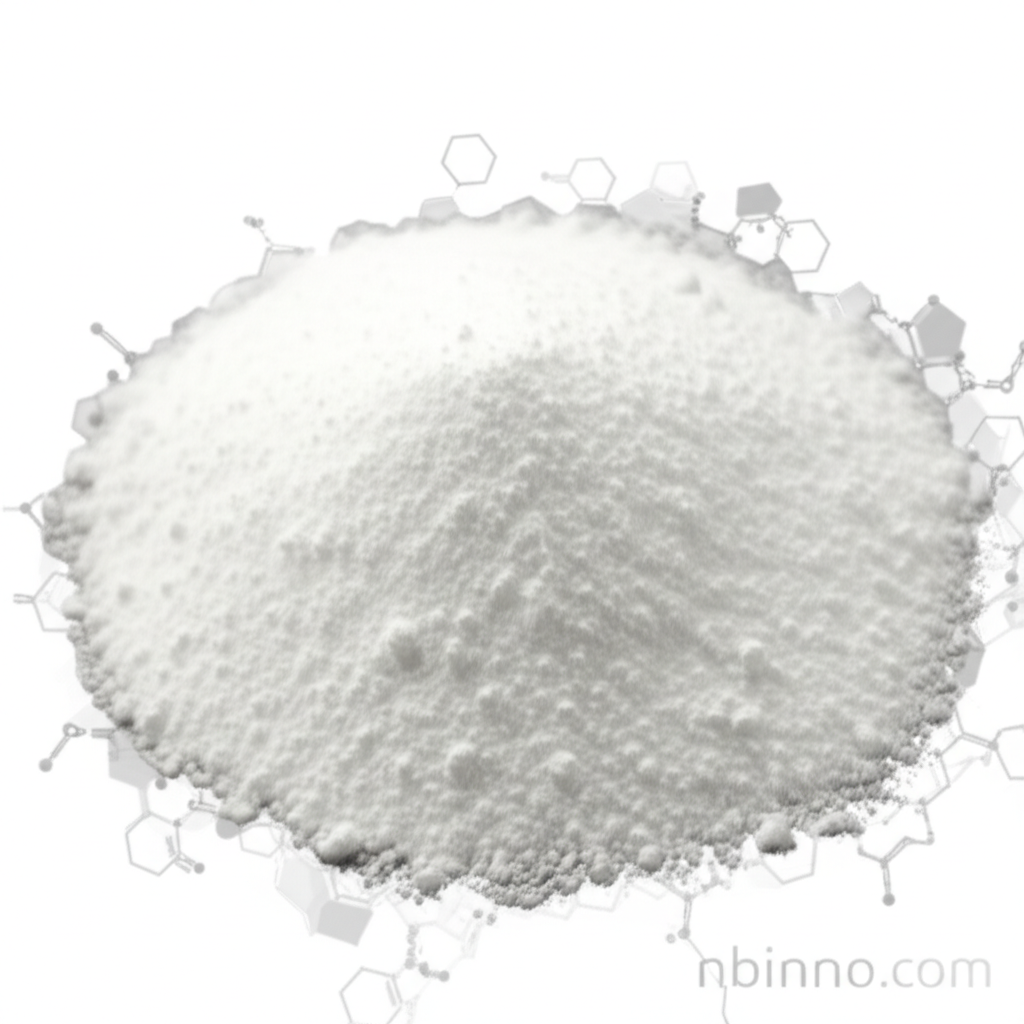Formamidinium Iodide: Enabling the Next Generation of Solar Technology
Discover the critical role of Formamidinium Iodide in advancing perovskite solar cells towards superior efficiency and longevity.
Get a Quote & SampleProduct Core Value

Formamidinium Iodide
Formamidinium Iodide (FAI) stands as a cornerstone material in the rapidly evolving field of perovskite solar cells (PSCs). Its unique properties, including a favorable band gap and enhanced environmental stability compared to earlier methylammonium lead iodide (MAPbI3) based systems, position it as a key component for achieving next-generation photovoltaic technologies. A significant challenge in utilizing FAI is maintaining the stability of its photoactive black phase (α-FAPbI3), which is prone to degrading into the inactive yellow phase (δ-FAPbI3) under various environmental conditions.
- The development of formamidinium iodide perovskite solar cells has been marked by significant breakthroughs in efficiency and stability.
- Stabilizing the alpha-FAPbI3 phase is a critical hurdle, addressed through advanced material science techniques.
- Defect control in FAPbI3 plays a crucial role in preventing the undesirable phase transitions.
- Composition engineering for perovskites offers promising avenues for enhanced material performance and longevity.
Key Advantages
Enhanced Efficiency Potential
Formamidinium Iodide enables perovskite solar cells with a narrower band gap and improved charge carrier mobility, pushing closer to theoretical efficiency limits like the Shockley–Queisser limit.
Improved Environmental Stability
Compared to MAPbI3, FAPbI3-based devices generally exhibit better resistance to environmental factors, a crucial aspect for commercial viability.
Versatile Stabilization Strategies
Various techniques, including A-site doping and B-site doping, are employed to stabilize the alpha-FAPbI3 phase, combating degradation pathways.
Key Applications
Perovskite Solar Cells
Formamidinium Iodide is a primary constituent in state-of-the-art perovskite solar cells, driving advancements in renewable energy capture and conversion.
Optoelectronic Devices
Beyond solar energy, FAPbI3's semiconductor properties make it valuable for other optoelectronic applications, such as LEDs and photodetectors.
Material Science Research
Its unique phase transition behavior and the quest for stabilization make FAPbI3 a vital subject in cutting-edge materials science research.
Advanced Energy Materials
As a functional inorganic-organic hybrid material, FAPbI3 contributes to the development of novel materials for energy storage and conversion technologies.
